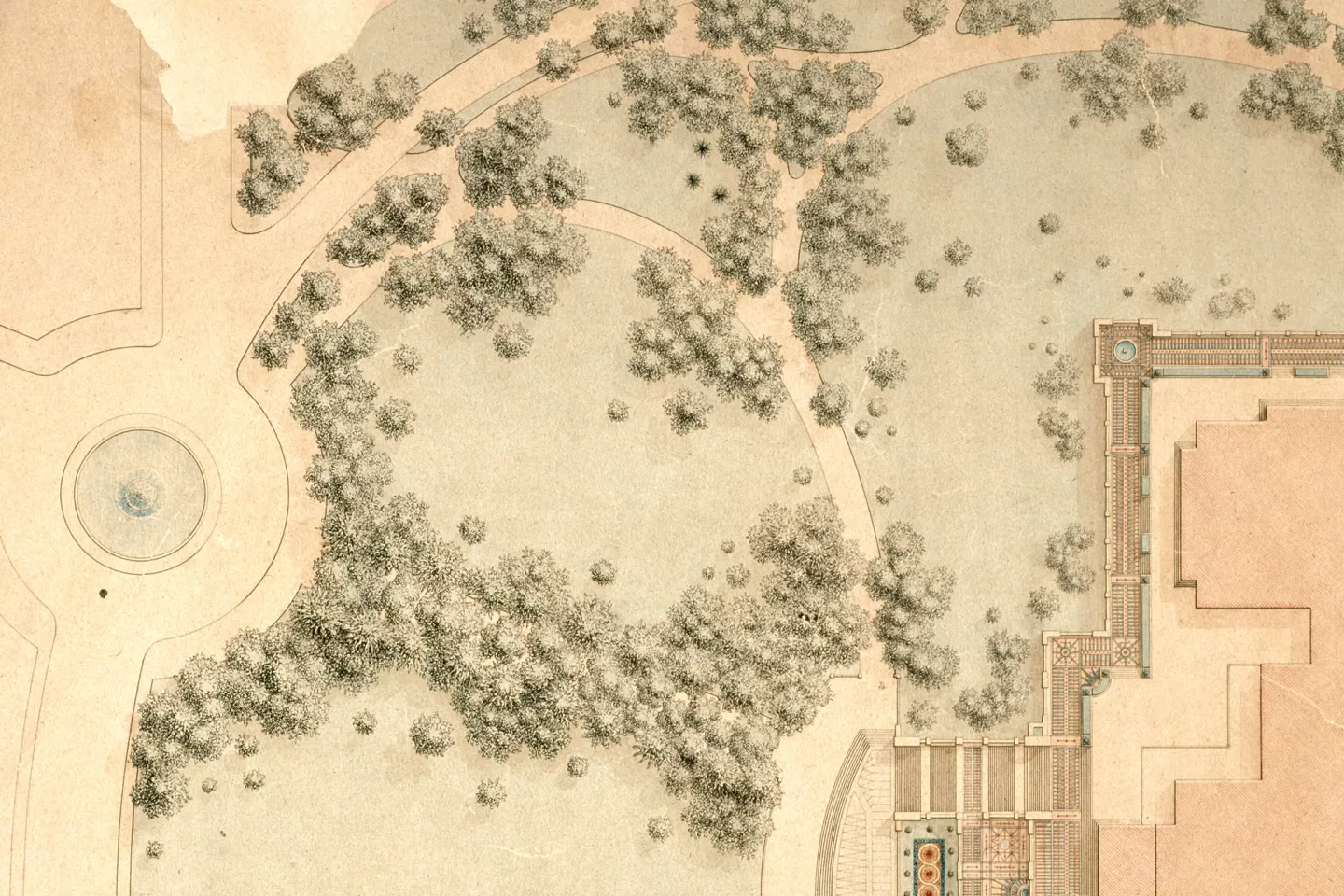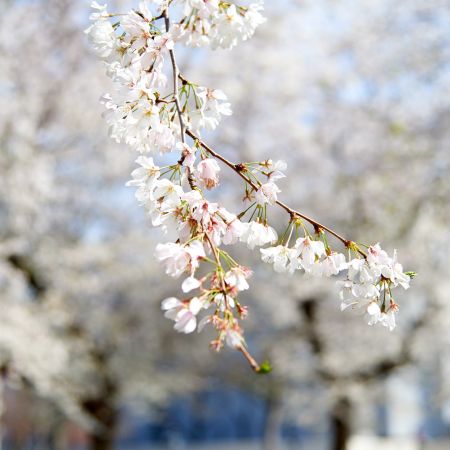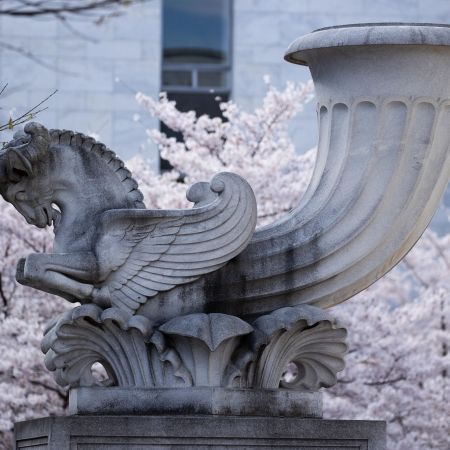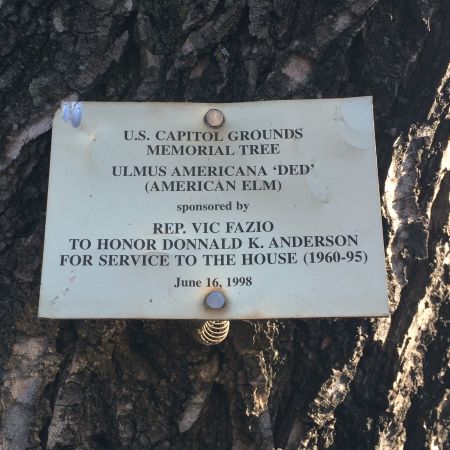Highlights
Botanical Name
Styphnolobium japonicum
Also called the Chinese scholar tree, the Japanese pagoda can be identified by its oval leaflets, gray-brown bark and shiny green twigs. The open-branching structure and feathery compound leaves of the pagoda tree provided fine texture that allowed for a play of light and shadow as Frederick Law Olmsted sought to frame views of the Capitol Building.
There are three original Japanese pagoda trees still living on the U.S. Capitol campus today.
(Photo coming soon.)
About the Olmsted Originals
Landscape architect Frederick Law Olmsted's 1874 General Plan for the U.S. Capitol Grounds sought to create a setting to accentuate the monumentality of the Capitol Building. Approximately 45 of Olmsted's trees remain today, having endured more than a century of urban life on the front stage of American democracy.
Each tree has its own unique features and preservation challenges, and the Architect of the Capitol's arborists employ industry best management practices to ensure these trees are given the very best care to remain safely in the landscape for current and future generations to enjoy.




